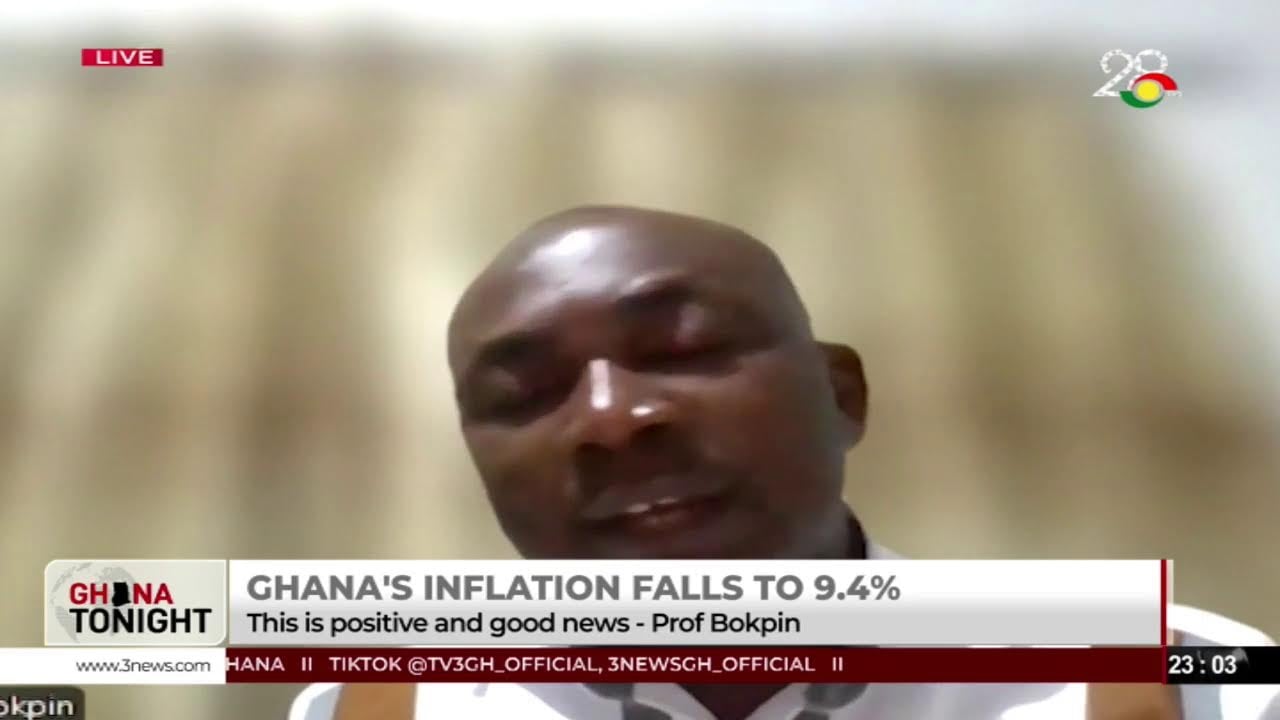
By Joshua Worlasi AMLANU
Headline inflation slowed further to 9.4 percent in September, marking the ninth straight monthly decline and first single-digit reading since August 2021.
This drop puts the rate within BoG’s medium-term target band of 8 percent ±2 percent and below its 12 percent end-year target three months ahead of schedule.
Government Statistician Alhassan Iddrisu said the September outcome confirms a “disinflation process” that has been underway since late last year. Prices were nearly 24 percent higher year-on-year in December 2024 but have fallen sharply since then, reflecting base effects, easing food costs and relative currency stability.
“This is a drop of 14.4 percentage points in just nine months, it is not a small shift,” he said at a media briefing on Wednesday, October 1.
On a month-to-month basis, prices rose 0.9 percent in September compared with 0.8 percent in August, showing that underlying pressures remain. Food inflation fell to 11 percent from 14.8 percent the previous month, while non-food inflation eased more gradually to 8.2 percent from 8.7 percent.
Dr. Iddrisu noted that food costs remain the biggest driver of consumer prices, accounting for nearly half of household expenditure. Though year-on-year food inflation dropped, items such as charcoal, vegetable oil and smoked fish continued to exert upward pressure.
“If we want to keep inflation under control, we must protect the progress we are making on food inflation while tracking rising costs in housing, energy and transport,” he said.
Imported inflation declined to 7.4 percent from 9.5 percent, supported by a stronger cedi and lower global commodity prices. Locally produced goods were pricier with inflation at 10.1 percent, reflecting domestic supply and distribution challenges. Goods inflation slowed sharply to 11.2 percent while services inflation edged down to 4.8%.
Despite the nationwide easing, regional disparities remain wide. The Northeast recorded highest inflation at 20.1 percent – driven by double-digit monthly price increases, while Bono East posted the lowest at 1.2 percent with prices falling month-on-month.
Analysts say the central bank’s tight policy stance amid fiscal consolidation has been critical to the decline, though risks loom. Depreciation pressures on the cedi and recent increases in fuel costs could slow the disinflation trend in coming months.
It is expected that food harvests, utility costs and exchange rate stability could determine whether inflation stays within target through 2026.
The Bank of Ghana in its recent policy rate announcement noted that inflation will continue to ease in the near-term. In view of this, by a majority decision, the Monetary Policy Committee lowered its Monetary Policy Rate by 350 basis points to 21.5 percent.
In the outlook, headline inflation is expected to drop to within the medium-term target of 8 ± 2 percent by end of the fourth quarter. However, the possible upward review of utility tariffs could exert some price pressures in the medium-term.
For households, the decline offers some relief but not uniform comfort. While vegetables and cereals have become cheaper, essentials like charcoal and cooking oil remain costly.
“Families are paying less for some staples, but more for energy and utilities,” the Government Statistician said.
The post Inflation drops to 9.4%, first single-digit in more than four years appeared first on The Business & Financial Times.
Read Full Story












Facebook
Twitter
Pinterest
Instagram
Google+
YouTube
LinkedIn
RSS